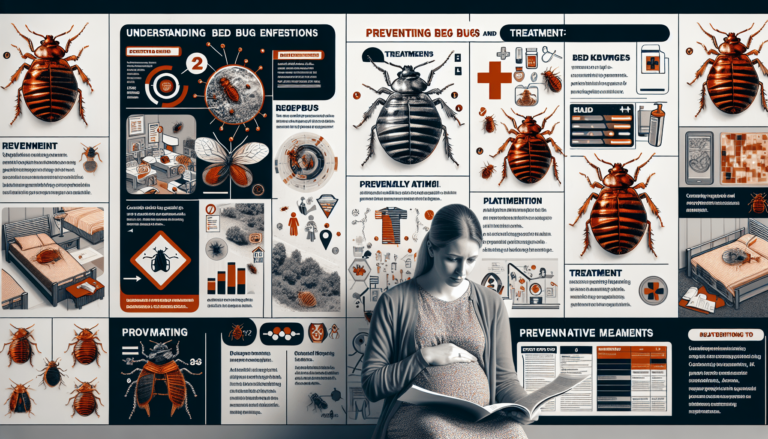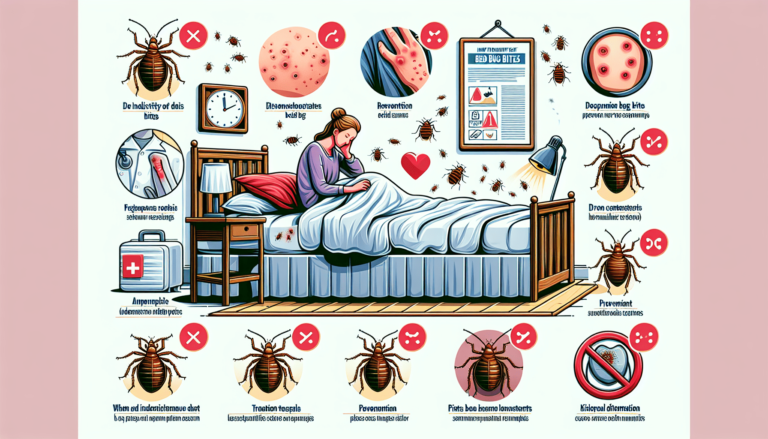10 Bugs That Resemble Bed Bugs
Have you been waking up with itchy bites on your body, suspecting the presence of bed bugs? Before you jump to conclusions, it’s important to know that there are other bugs out there that closely resemble bed bugs. These look-alike insects can cause confusion and unnecessary panic. In this informative article, we will delve into the world of bugs that resemble bed bugs, providing you with a comprehensive list of ten similar insects. By gaining a deeper understanding of these bugs, you will be equipped with the knowledge needed to accurately identify the culprit and take appropriate action. So, let’s explore the world of bugs that resemble bed bugs and put an end to your sleepless nights.
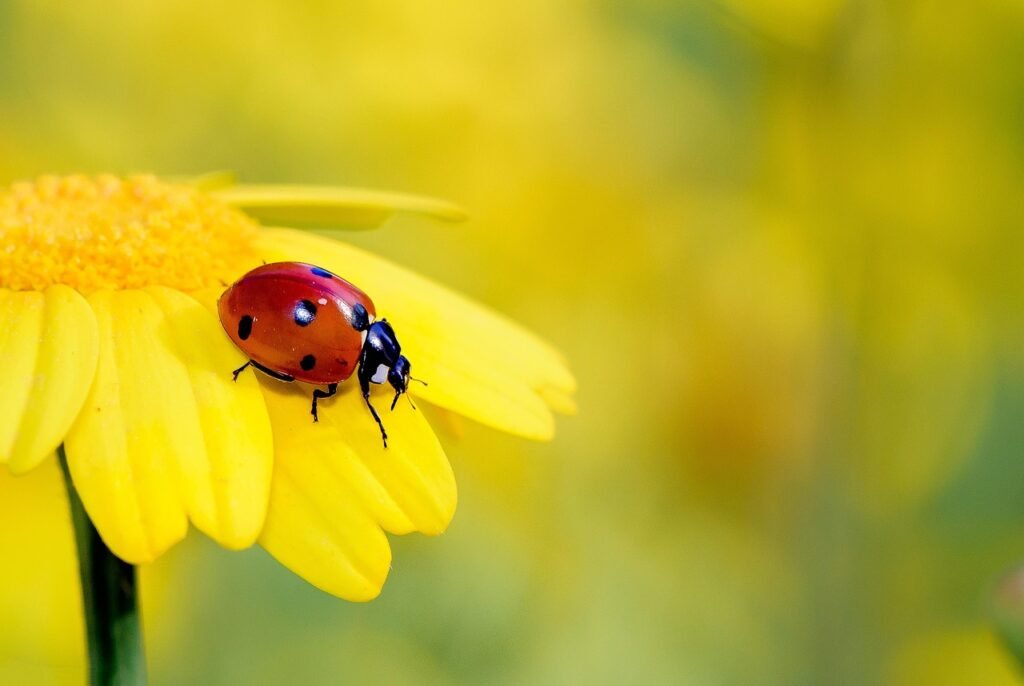
This image is property of pixabay.com.
Overview of Bed Bug Identifying Features
Bed bugs are small, flat, oval-shaped insects that can range in size from 1mm to 7mm, depending on their life stage. Adult bed bugs are typically about the size of an apple seed. They are reddish-brown in color and have a slightly elongated shape. Their bodies are flat and wingless, allowing them to easily hide in cracks and crevices.
Feeding habits are an important factor in identifying bed bugs. They are nocturnal insects that feed exclusively on the blood of warm-blooded animals, including humans. Their bites are usually painless and often go unnoticed until welts or itching develops.
The lifecycle of a bed bug consists of several stages: egg, nymph, and adult. Adult female bed bugs lay eggs, which are about 1mm in size and are often deposited in cracks and crevices. The eggs hatch into nymphs, which resemble smaller versions of adult bed bugs. Nymphs go through several molting stages before reaching adulthood.
signs and symptoms of a bed bug infestation include the presence of live bed bugs, molted exoskeletons, tiny white eggs, and dark spots or stains on bedding or furniture. Bed bug bites can cause redness, itching, and swelling, and may be arranged in clusters or a line pattern on the skin.
Bat Bugs
Bat bugs are insects that closely resemble bed bugs in appearance and behavior. They are part of the same family as bed bugs and can be difficult to distinguish from them without careful examination. However, there are key differences between the two species.
Bat bugs are slightly larger than bed bugs, with adult bat bugs measuring around 4-5mm in length. They are also similar in shape and color, but bat bugs typically have longer hairs on their thorax compared to bed bugs.
While bed bugs primarily infest human dwellings, bat bugs are commonly found in areas where bats roost, such as attics, eaves, and wall voids. They feed on the blood of bats but can also bite humans if their preferred host is not available.
Regarding potential damage, bat bugs can cause similar issues as bed bugs, including irritation from bites and discomfort. However, they are not known to transmit any diseases to humans.
Fleas
Fleas are tiny insects that are known for their ability to jump long distances. Unlike bed bugs, fleas have a laterally compressed body, which allows them to move quickly through fur or hair. They are usually about 2-3mm in length and have a dark brown color.
Fleas have a complex lifecycle involving four stages: egg, larva, pupa, and adult. The adult fleas feed on the blood of animals, including humans. They are highly adaptable and can infest a variety of environments, including homes, yards, and pet bedding.
In terms of appearance, fleas have a more slender body shape and longer legs compared to bed bugs. They also have specialized mouthparts adapted for piercing the skin and sucking blood.
Carpeted areas, pet resting areas, and areas frequented by animals are common habitats for fleas. They can cause discomfort and skin irritations due to their bites, and some people may have an allergic reaction to flea saliva.
Carpet Beetles
Carpet beetles are small, oval-shaped insects that are often mistaken for bed bugs due to their similar size and appearance. However, there are distinguishing characteristics that can help differentiate between the two.
Unlike bed bugs, carpet beetles have a mottled pattern on their wings and body, with colors ranging from black to various shades of brown and white. They are also covered in tiny hairs.
Carpet beetles have a diverse diet and can feed on a wide range of materials, including carpets, upholstery, clothing, and stored food items. They have a preference for natural fibers, such as wool and silk.
While bed bugs primarily feed on blood, carpet beetles do not bite humans. Their damage is focused on infesting and destroying household items and fabrics. Carpet beetle larvae can leave behind holes or irregular patches of damage on fabrics and may also shed their skins, which can be mistaken for bed bug exoskeletons.
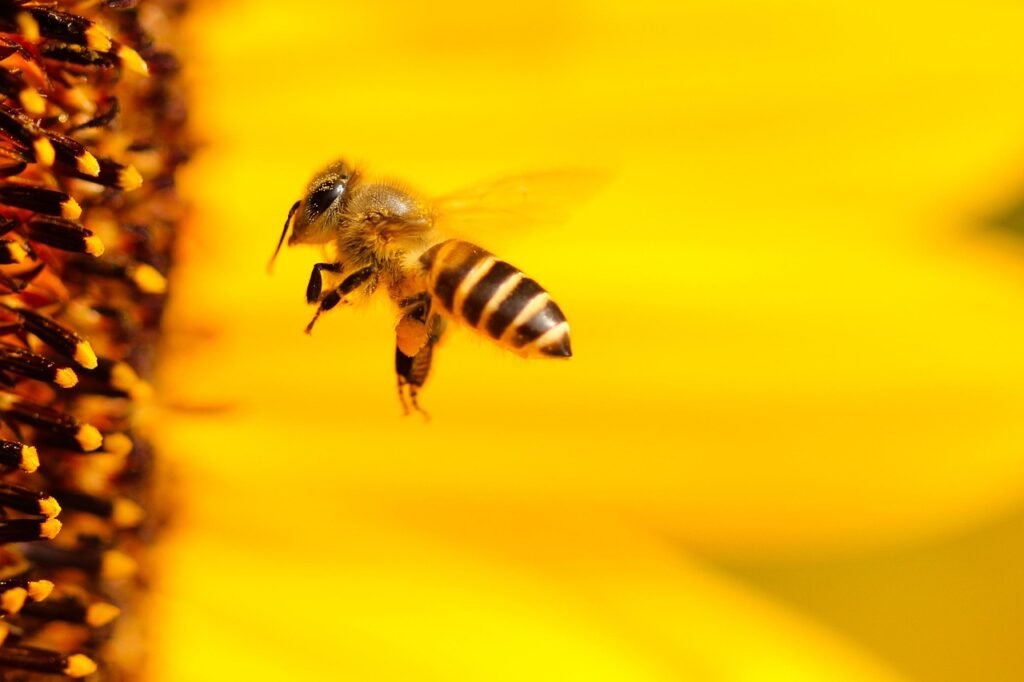
This image is property of pixabay.com.
Spider Beetles
Spider beetles are small insects that are known for their spider-like appearance. They are commonly mistaken for bed bugs due to their similar size and shape. However, there are distinct differences between the two.
Spider beetles are about 2-5mm in length and have a compact, oval-shaped body. They have a brown or reddish-brown color and are covered in short hairs. Unlike bed bugs, spider beetles have a humpbacked appearance.
In terms of feeding habits, spider beetles are scavengers and can feed on a variety of organic materials, including grains, dried pet food, and dead insects. They are opportunistic and can infest stored food products, homes, and warehouses where food is stored.
Spider beetles do not bite humans and are not known to transmit any diseases. While they can be a nuisance if present in large numbers, they are generally harmless pests.
Booklice
Booklice, also known as psocids, are tiny insects that are often mistaken for bed bugs due to their size and appearance. However, they have distinct characteristics that set them apart.
Booklice are usually less than 1mm in length and have a soft body with a pale color. They have a slow, crawling movement and are wingless. Unlike bed bugs, booklice do not bite or feed on blood.
Booklice are commonly found in damp and humid environments, such as bathrooms, kitchens, and basements. They feed on molds, fungi, and organic materials, such as book bindings and wallpaper paste.
While booklice can be present in homes, they are harmless and do not cause any significant damage. However, their presence may indicate excessive moisture or mold issues, which should be addressed to prevent further infestations.
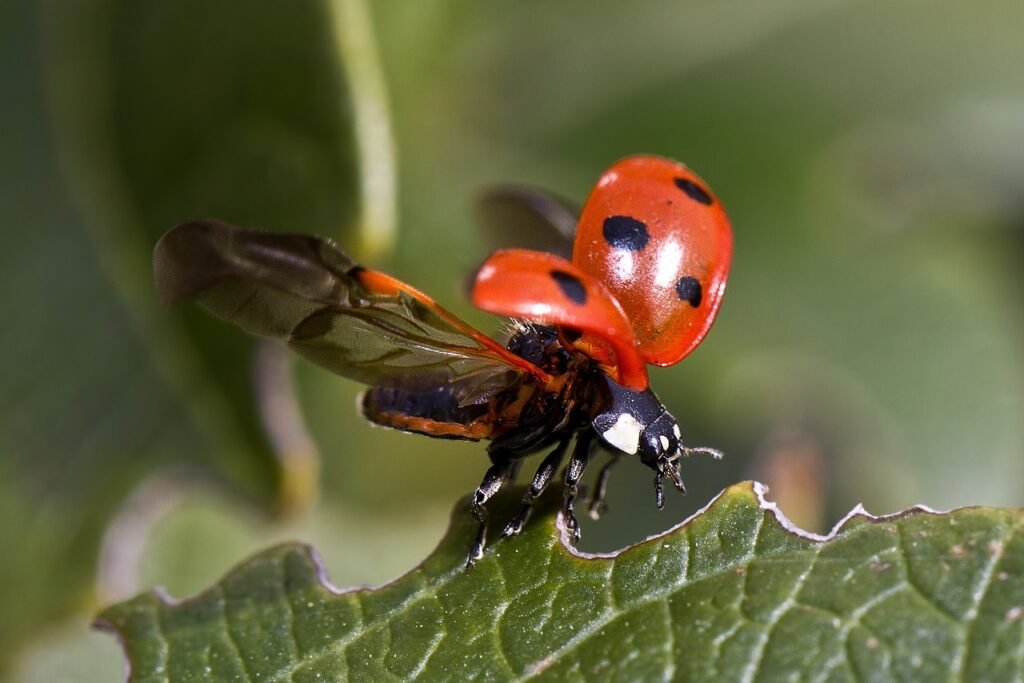
This image is property of pixabay.com.
Swallow Bugs
Swallow bugs, also known as swallow bug lice, are insects that closely resemble bed bugs in appearance. They are ectoparasites that infest the nests of birds, particularly swallows, but can also bite humans.
Swallow bugs are similar in size and shape to bed bugs, with adult swallow bugs measuring around 4-5mm in length. They have a flattened body and a reddish-brown color. However, their hairs are shorter and more uniform compared to bed bugs.
While bed bugs primarily infest human dwellings, swallow bugs are most commonly found in areas where birds roost or nest, such as attics, barns, and eaves. They primarily feed on the blood of birds, but can bite humans if their preferred host is not available.
Swallow bugs can cause similar issues as bed bugs, including irritation from bites and discomfort. However, they are not known to transmit any diseases to humans. Proper pest management techniques should be employed to control swallow bug infestations.
Ticks
Ticks are arachnids that are known for their ability to transmit diseases to humans and animals. Unlike bed bugs, ticks have a distinctive appearance and behavior.
Ticks are usually larger than bed bugs, with their size differing depending on the species and life stage. They have a round or oval-shaped body and are covered in a hard exoskeleton. Ticks have specialized mouthparts that allow them to pierce the skin and feed on the blood of their hosts.
Ticks have a complex lifecycle involving four stages: egg, larva, nymph, and adult. They are usually found in outdoor environments, including grassy areas, woodlands, and gardens. Ticks can attach themselves to humans or animals and feed on their blood for extended periods.
Ticks are known to transmit diseases, such as Lyme disease and tick-borne encephalitis, which can have serious health consequences. Proper tick prevention and control measures should be taken to minimize the risk of tick bites.
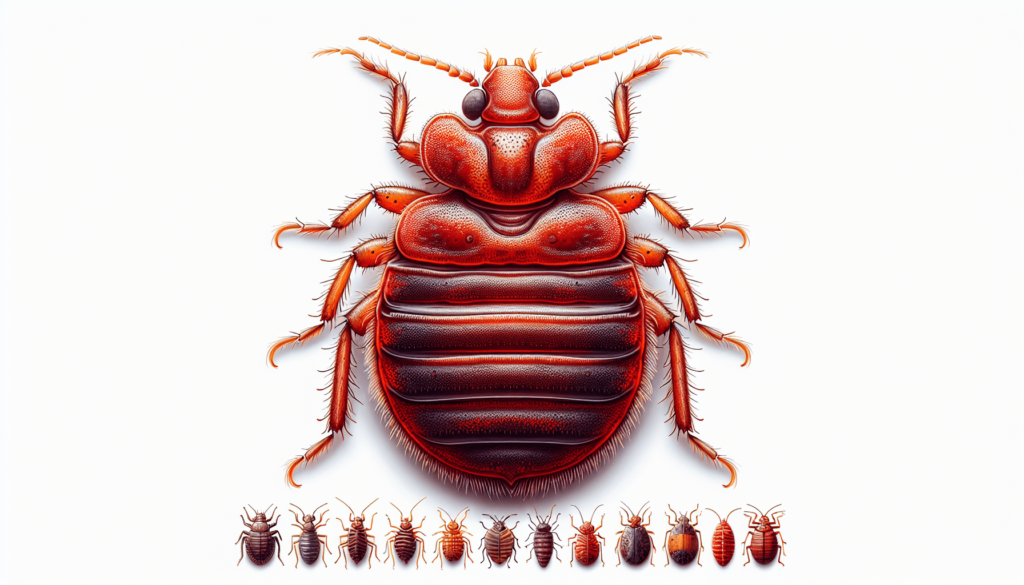
Head Lice
Head lice are small, wingless insects that infest the scalp and hair of humans. They are often mistaken for bed bugs due to their similar size and biting behavior.
Head lice are usually about 2-3mm in length and have a tan or grayish color. They have specialized claws that allow them to cling to hair shafts and move quickly. Unlike bed bugs, head lice cannot fly or jump.
Head lice are transmitted through close contact with infested individuals or through sharing personal items, such as combs or hats. They feed on the blood of the scalp and can cause intense itching and discomfort.
While head lice and bed bugs share similarities in their feeding habits, they have distinct differences in their habitats and behaviors. Head lice infestations are common in schools and households, particularly among children. Proper identification and treatment methods should be implemented to control head lice infestations.
Concluding thoughts: Preventative Measures and Control Techniques
Preventing and controlling infestations of bed bug-like insects requires a comprehensive approach. Here are some essential steps to consider:
- Regularly inspect and clean your living spaces, paying special attention to cracks, crevices, and areas where pests are likely to hide.
- Practice good hygiene and cleanliness to eliminate attractants for pests, such as food debris or moisture.
- Seal any cracks or openings in walls, doors, and windows to prevent pests from entering your home.
- Use mattress and furniture encasements to prevent bed bugs and other pests from infesting your sleeping areas.
- Vacuum regularly and dispose of vacuum bags in sealed containers to prevent re-infestation.
- Wash and dry clothing, bedding, and other textiles at high temperatures to kill any pests or eggs.
- Consider professional pest control services for comprehensive inspections, treatment, and ongoing prevention.
By following these preventative measures and implementing effective control techniques, you can minimize the risk of infestations and ensure a pest-free living environment.
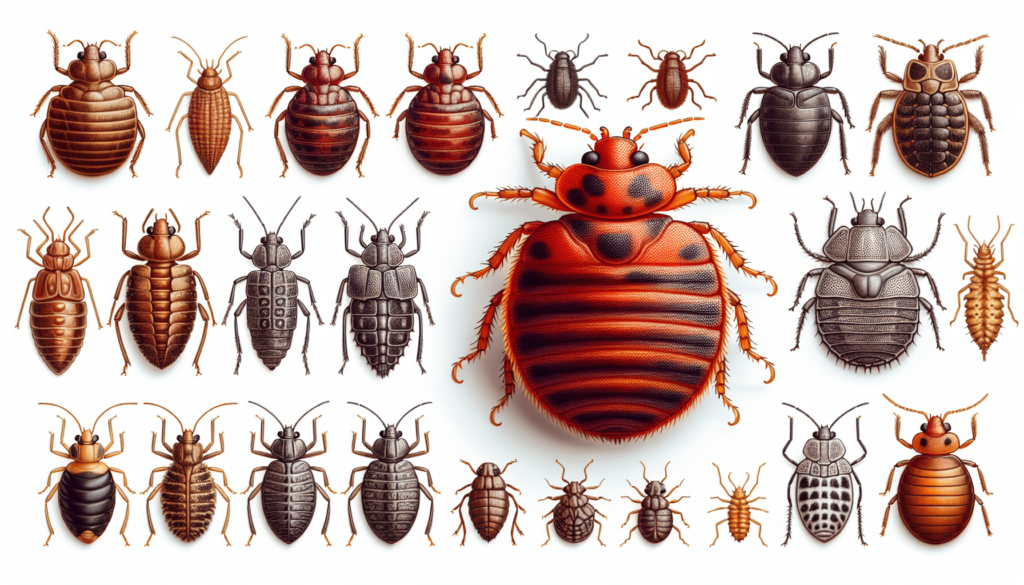
Ending quiz: Recap on Identifying Bugs that Resemble Bed Bugs
- What are the distinguishing characteristics of bat bugs compared to bed bugs?
- How do fleas differ from bed bugs in terms of appearance and feeding habits?
- What are the key differences between carpet beetles and bed bugs?
- How can you differentiate between spider beetles and bed bugs?
- What are the notable traits and habitats of booklice that set them apart from bed bugs?



